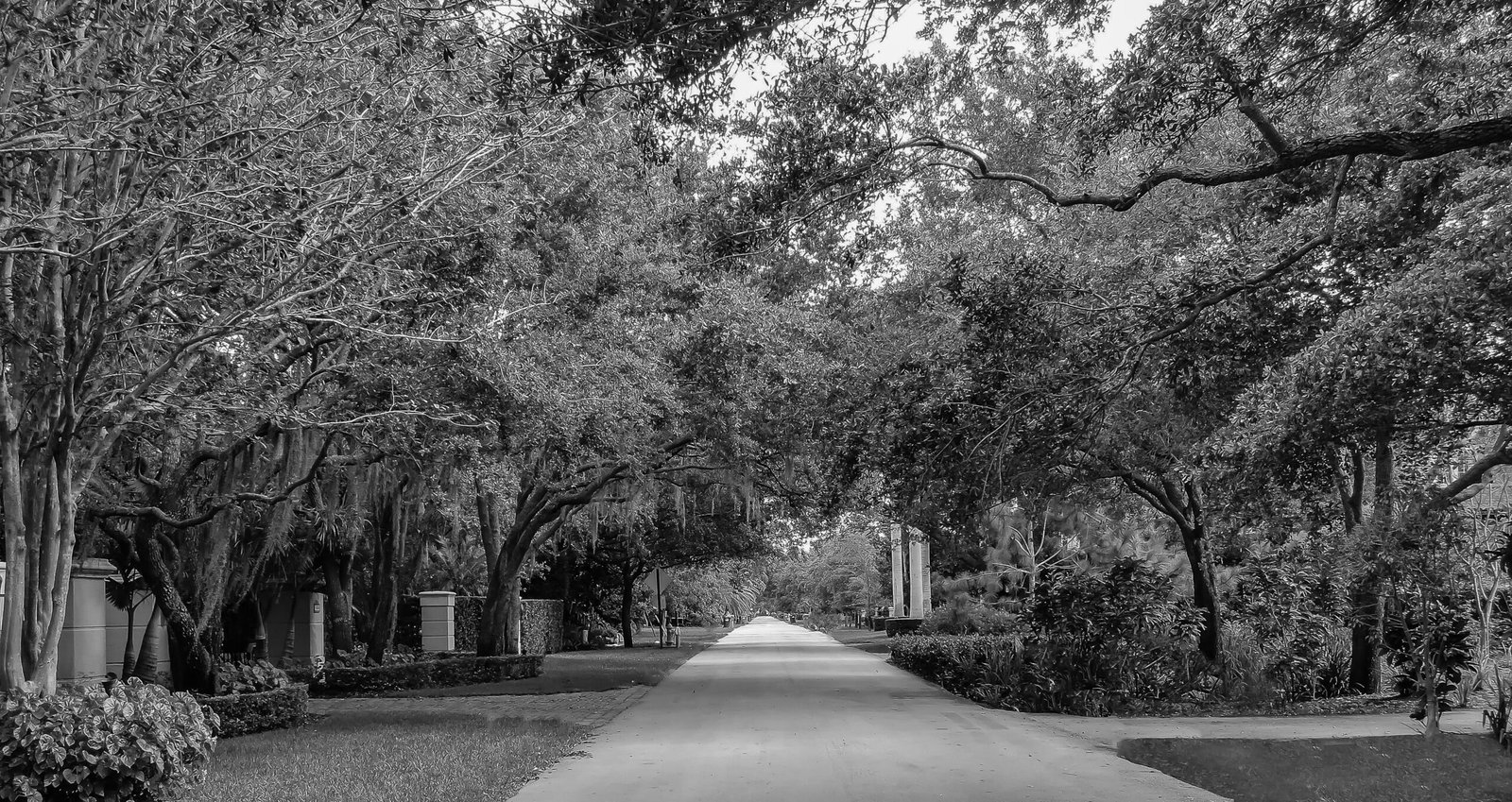
Photo by Adrian Diaz-Sieckel on Unsplash
When it comes to choosing a place to live, single family homes are often a popular choice for many people. These homes offer a sense of privacy, independence, and the opportunity to create a space that truly feels like your own. However, like any type of housing, single family homes have their own set of advantages and disadvantages. In this blog post, we will explore the pros and cons of living in a single family home to help you make an informed decision.
One of the biggest advantages of living in a single family home is the privacy it offers. Unlike apartments or townhouses, you won’t have to worry about sharing walls or common spaces with neighbors. You’ll have your own yard, driveway, and space to enjoy without the intrusion of others.
Single family homes typically offer more space compared to other types of housing. You’ll have multiple bedrooms, bathrooms, and living areas, giving you the flexibility to accommodate your family’s needs. Additionally, you’ll likely have a backyard where you can relax, entertain, or even start a garden.
Living in a single family home allows you to have more control over your living space. You can decorate, renovate, or make changes to the property according to your preferences and needs. Whether it’s painting the walls, remodeling the kitchen, or adding a home office, you have the freedom to customize your home to reflect your personal style.
Many single family home neighborhoods have a strong sense of community. You’ll have the opportunity to get to know your neighbors, participate in local events, and build lasting relationships. This can be especially beneficial if you have children, as they can form friendships with other kids in the neighborhood.
Owning a single family home comes with the responsibility of maintenance and upkeep. You’ll be responsible for tasks such as mowing the lawn, cleaning the gutters, and repairing any issues that arise. This can require both time and money, so it’s important to consider if you’re willing to take on these responsibilities.
Compared to other types of housing, single family homes tend to have higher costs. You’ll not only have to consider the mortgage payments but also expenses such as property taxes, insurance, and utilities. Additionally, if any major repairs or renovations are needed, you’ll have to bear the financial burden.
In some cases, single family home neighborhoods may have limited amenities compared to apartment complexes or gated communities. You may not have access to a swimming pool, fitness center, or other shared facilities. However, this can vary depending on the specific neighborhood and its offerings.
Unlike renting an apartment, owning a single family home can limit your flexibility in terms of moving. Selling a home can take time and effort, and you may not have the same level of freedom to relocate as easily as you would if you were renting. It’s important to consider your long-term plans and whether a single family home aligns with them.
Single family homes offer a range of advantages, including privacy, space, control, and a sense of community. However, they also come with responsibilities, higher costs, limited amenities, and less flexibility. It’s essential to weigh these pros and cons before making a decision. Ultimately, the choice between a single family home and other types of housing will depend on your personal preferences, lifestyle, and financial situation.
This post was published on February 9, 2024